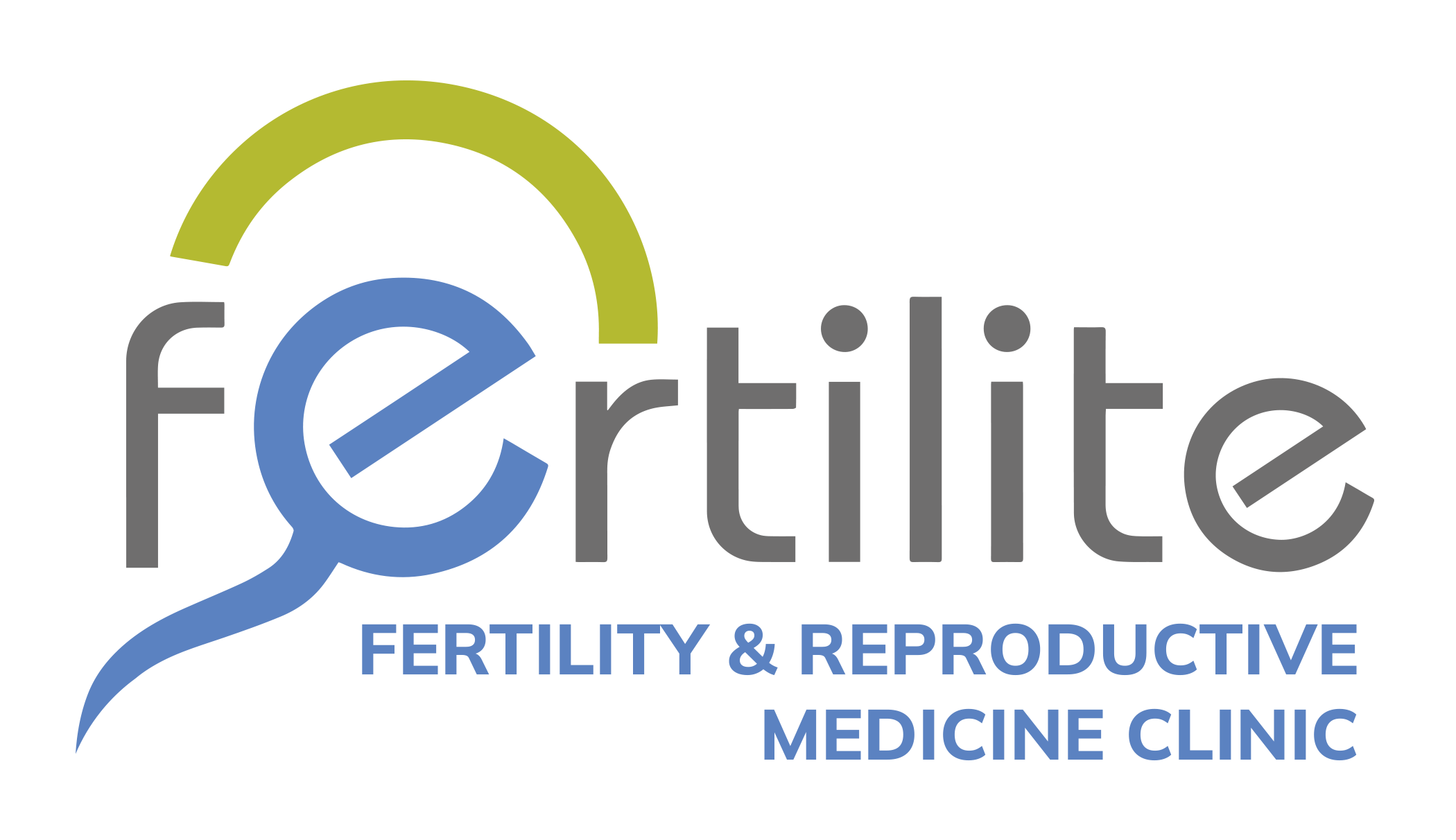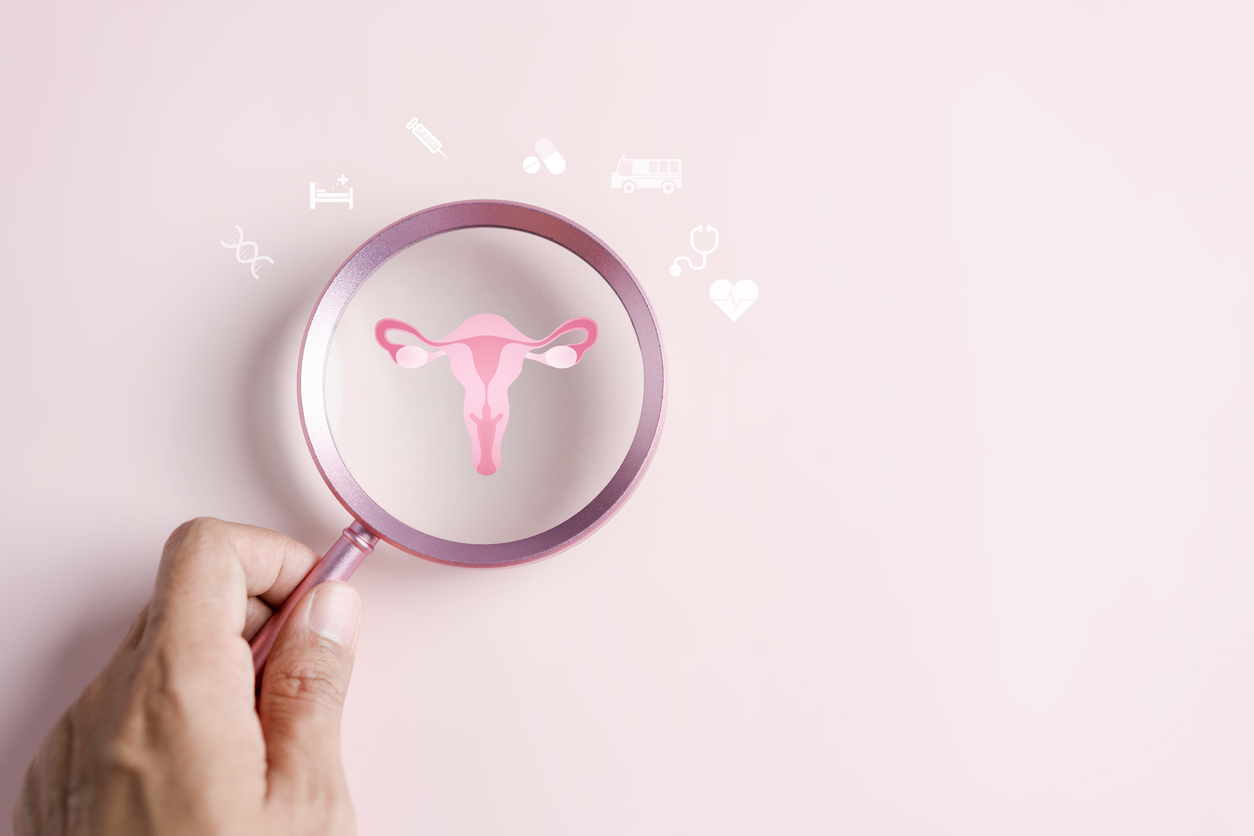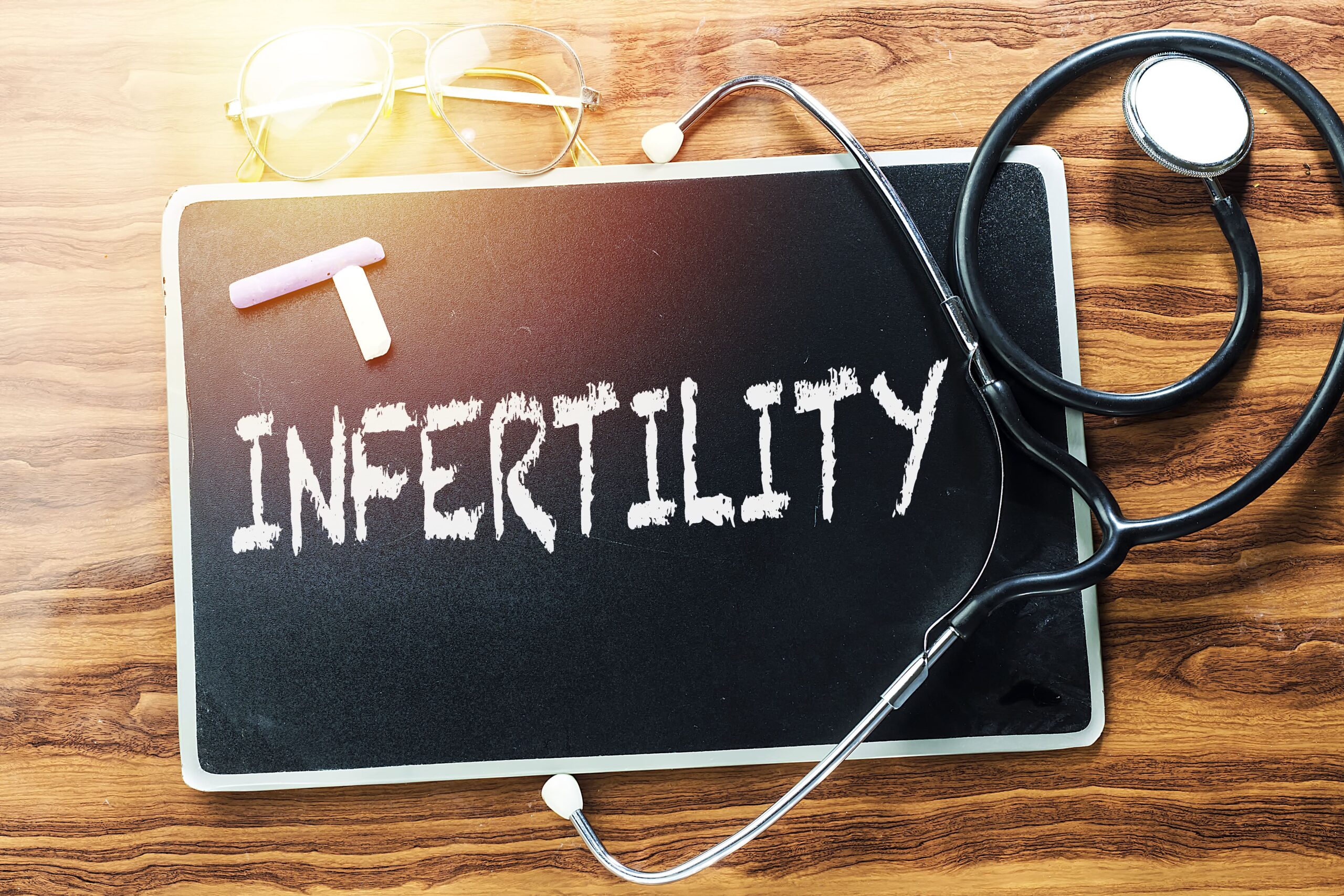How Can Hormone Therapy Help?
Hormone Therapy (HT) can be effective in reducing hot flashes and improving vaginal dryness, which can significantly enhance your quality of life during menopause. Although there are no specific studies on HT in women with endometriosis, HT has been shown to be beneficial in postmenopausal women in general.
Is It Safe to Take Hormone Therapy with Endometriosis?
There is some concern about whether HT can increase the risk of endometriosis recurrence. However, studies have found that the risk of recurrence is low and that HT can be safe in these situations. For example, in one study, only a small number of women experienced a recurrence of symptoms after taking HT for an extended period.
What Should You Consider?
It is important to remember that each person is unique and that the effects of HT can vary. Natural and surgical menopause may differ in how they respond to HT. If you are considering taking HT and have a history of endometriosis, it is crucial to talk to your doctor to discuss the benefits and risks in your specific case. Learn more about managing endometriosis with a multidisciplinary approach.
Risk of Malignancy and Hormone Therapy in Menopause and Endometriosis
Hormone therapy (HT) may increase the risk of cancer in women with a history of endometriosis, especially if only estrogens are used. Cases of malignant transformation in women who received this type of treatment have been reported. Therefore, it is recommended to use combinations of estrogen and progesterone or tibolone instead of estrogen alone.
If you have endometriosis and need HT, it is best to use a combination of estrogen and progesterone continuously. This may help prevent endometriosis from growing due to estrogen. Tibolone is another safe option for combined HT. It has similar effects to estrogen on symptoms such as hot flashes and bone health, but it also has progesterone-like effects on the endometrium. Phytoestrogens, such as soy isoflavones, are a natural alternative to HT. They may be helpful in relieving symptoms in women with endometriosis, but more research is needed on their long-term safety.
Serious Health Risks for Women with Endometriosis During Menopause
Yes, women with endometriosis have a higher risk of serious health problems during menopause. To treat endometriosis, sometimes oophorectomy is performed, a surgery in which the ovaries are removed. Women with endometriosis are more likely to undergo this surgery at a younger age, which can cause early or premature menopause.
Early menopause can increase the risk of osteoporosis, a condition in which bones become fragile and more likely to break. According to a study published in the “Journal of Clinical Endocrinology & Metabolism,” women with endometriosis have a significantly higher risk of osteoporosis compared to women without endometriosis. The relative risk of osteoporosis in women with endometriosis is approximately 1.8 times higher than in women without endometriosis.
In addition, early menopause can increase the risk of dementia. A study published in “Neurology” found that women who experience menopause before the age of 45 have a higher risk of developing dementia compared to those who experience menopause at a later age. The relative risk of dementia in women with early menopause is approximately 1.4 times higher than in women with late menopause.
Women with endometriosis also have a higher risk of developing cardiovascular diseases. A study published in “Fertility and Sterility” found that women with endometriosis have a higher risk of coronary artery disease and stroke compared to women without endometriosis. The relative risk of coronary artery disease in women with endometriosis is approximately 1.5 times higher than in women without endometriosis, while the relative risk of stroke is approximately 1.4 times higher. Understand more about endometriosis in adolescents and its diagnosis.
Reducing Health Risks During Menopause
To reduce the risk of health problems during menopause, it is important for women with endometriosis to maintain a healthy lifestyle. This includes maintaining a healthy weight, exercising regularly, eating a balanced diet, and not smoking. It is also important to have regular check-ups with your doctor to detect and treat any health problems early.
Extrapelvic Endometriosis
Extrapelvic endometriosis is a condition in which tissue similar to endometrium, which normally lines the uterus, grows outside of it. It can affect different areas of the body, such as the abdominal wall, the umbilicus, the perineum, and the groin. For example, endometriosis in the scar of a cesarean section is quite common and can occur in around 0.03%–1.5% of women who have had a cesarean section.
Other less common forms of extrapelvic endometriosis include umbilical and perineal endometriosis. It is estimated that umbilical endometriosis occurs in approximately 0.5%–1.0% of all cases of endometriosis, while perineal endometriosis is even less common, with an estimated incidence of 0.01%–0.06% of women after an episiotomy. Diagnosis of extrapelvic endometriosis can be made using different imaging methods, such as ultrasonography, computed tomography (CT), or magnetic resonance imaging (MRI). The sensitivity and specificity of these methods vary depending on the location and menstrual cycle phase of the patient.
In young patients, MRI is preferred over CT due to its better ability to characterize tissues without using ionizing radiation. For example, for the diagnosis of umbilical endometriosis, a sensitivity of 76.5% for ultrasonography, 75.6% for CT, and 81.8% for MRI have been reported. Regarding thoracic endometriosis, the diagnosis of thoracic endometriosis syndrome (TES) is based on clinical symptoms that typically occur near the menstrual period. It is estimated that approximately 90% of patients with TES experience catamenial chest pain, and right hemithorax involvement is more common in over 90% of cases.
In summary, extrapelvic endometriosis is a rare but important condition to consider in patients with a history of gynecological surgeries. The diagnosis and treatment of this disease should be addressed by a multidisciplinary team in a center experienced in managing this condition.
Extrapelvic Endometriosis Treatment
Endometriosis outside the pelvic organs, such as in the abdominal wall, umbilicus, and inguinal region, can be treated in different ways depending on the location of the growths. If possible, complete removal of the lesions is recommended as the primary treatment. However, when complete removal is not feasible, long-term medical treatment may be opted for to control symptoms and prevent disease progression.
In the specific case of endometriosis in the abdominal and perineal wall, it is usually treated by complete removal of the nodule. Recurrence after resection is uncommon, suggesting that this approach may be effective for many patients.
In some cases, alternative treatment options such as guided ultrasound or hormonal therapy may be considered, which can help alleviate pain and reduce the need for surgery. These treatments may be especially useful for those who wish to avoid or postpone surgery.
For umbilical endometriosis, similar approaches can be applied, taking into account aesthetic considerations. Hormonal treatments, such as oral progestogens, gonadotropin-releasing hormone agonists, and oral contraceptives, may be effective in the conservative treatment of this form of endometriosis.




